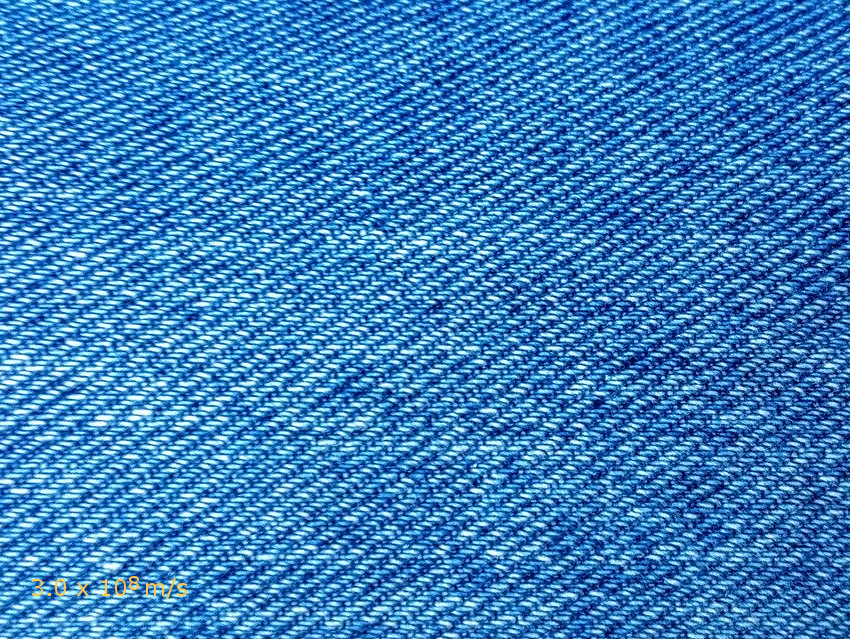When washing denim blue jeans and other fabrics, microfibers are released into the wastewater. These could enter the environment through wastewater discharges, also known as effluent. Blue jeans denim is made from natural cotton cellulose fibers that are processed with synthetic indigo dye and other chemical additives to improve performance and durability.
Miriam L. Diamond and colleagues, University of Toronto, ON, Canada, have analyzed various water samples collected in Canada using a combination of microscopy and Raman spectroscopy. The team has detected indigo denim microfibers in wastewater, Great Lakes sediments, shallow suburban lakes near Toronto, and in the Canadian Arctic Archipelago.
Based on the content of microfibers found in the wastewater, the researchers estimated that the wastewater treatment plants under investigation discharged about 1 billion indigo denim microfibers per day. In laundry experiments, the researchers found that a single pair of used jeans can release about 50,000 microfibers per wash cycle. So far, it is unclear whether and what effects the microfibers have on aquatic life. A pragmatic solution to reduce the contamination is for consumers to wash their jeans less frequently.
The researchers conclude that blue jeans, the most popular garment in the world, are an indicator of the widespread exposure to anthropogenic pollution.
- The Widespread Environmental Footprint of Indigo Denim Microfibers from Blue Jeans,
Samantha N. Athey, Jennifer K. Adams, Lisa M. Erdle, Liisa M. Jantunen, Paul A. Helm, Sarah A. Finkelstein, Miriam L. Diamond,
Environ. Sci. Technol. Lett. 2020.
https://doi.org/10.1021/acs.estlett.0c00498




